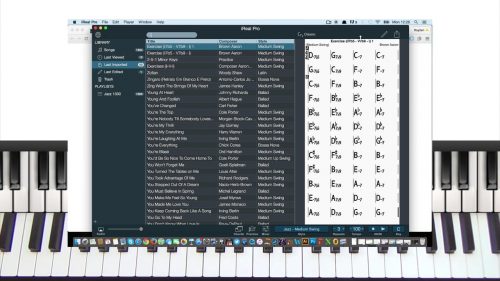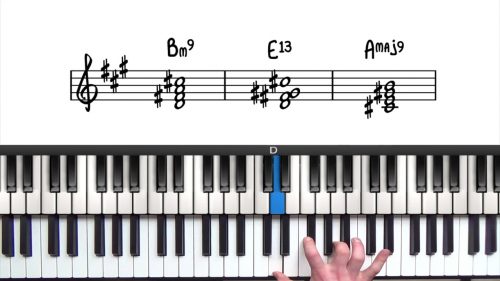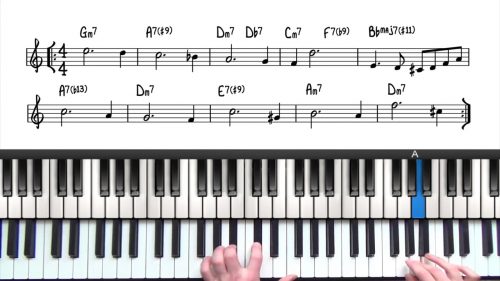Introduction To Brazilian Music
We start this course with a brief overview and history of the music of Brazil. We introduce the great exponents of Brazilian music and how their compositions and musical styles shaped the development of the Bossa Nova sound.
The Bossa Nova Style
Bossa Nova can be defined as a musical style where the vocal element is very subtle. This contrasts with the ‘big projecting vibrato voice’ of previous musical styles. More specifically, Bossa Nova is a style of vocal music that greatly benefits from the microphone.
When performing Bossa Nova, the singer can get very close to the mic and ‘whisper’ the melodies. This was the style that João Gilberto premiered, and has since been taken on by many other musicians.
Samba & Bossa Nova – The Key Difference
There is a more instrumental style of Bossa Nova music which is known as “Samba Jazz”. This genre covers the same tunes as Bossa Nova, but the music is played with more energy and at faster tempos of around 100pm.
In this lesson, we demonstrate the key differences between these 2 styles of Brazilian music. We start with a simple vamp D-7 to G7 and then also demonstrate in context of a tune.
“The Fork” Rhythmic Pattern
This rhythmic pattern contains a 16th note, an 8th note, and a 16th note. When notated the notes resemble the shape of a fork. This is where this rhythm gets its name.
This rhythmic pattern can be used for both improvising melodies and for comping. Throughout this course, we will explore and demonstrate the use and application of “The Fork”.
The Structure Of Brazilian Music
When playing the music of Brazil you should know about its structure:
- The Rhythmic Structure
- The Harmonic Structure
- The Melodic Structure
Throughout this course, we will explore and examine the essential ingredients of the Brazilian groove.
Lesson Downloads
-
Intro To Brazilian Music – Lesson Notation File Type: pdf
Practice Tips
If you are new to Brazilian music, you must immerse yourself in the records and albums by the following notable composers and musicians. This will help you understand the feel and nuances of Brazilian styles:
- Antonio Carlos Jobim
- João Gilberto
- Johnny Alf
- Carlos Lyra
- Roberto Menescal
- Marcos Valle
- João Donato
All those who enjoy this music can draw influence from this amazing body of work.






Awesome, thanks so much – looking forward to the rest of the course. Marcos Valle in particular is a hero of mine! 🙂
Glad you enjoyed the lesson James. This is a nice introduction to the style and the history of the music. The following lessons in the course are more practical with lots more demonstrations and examples. I think you will like the lessons on major/minor grooves. Enjoy!